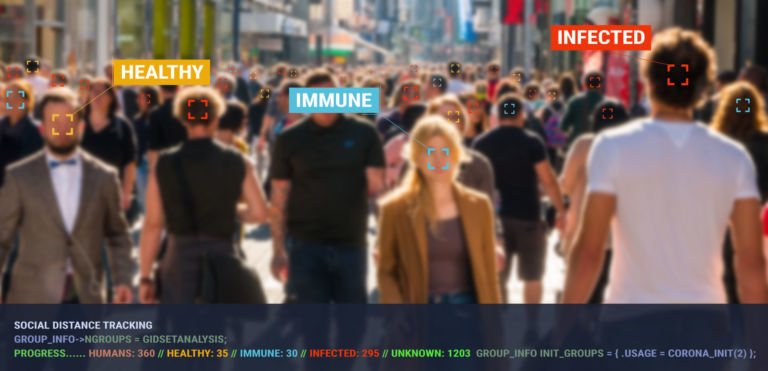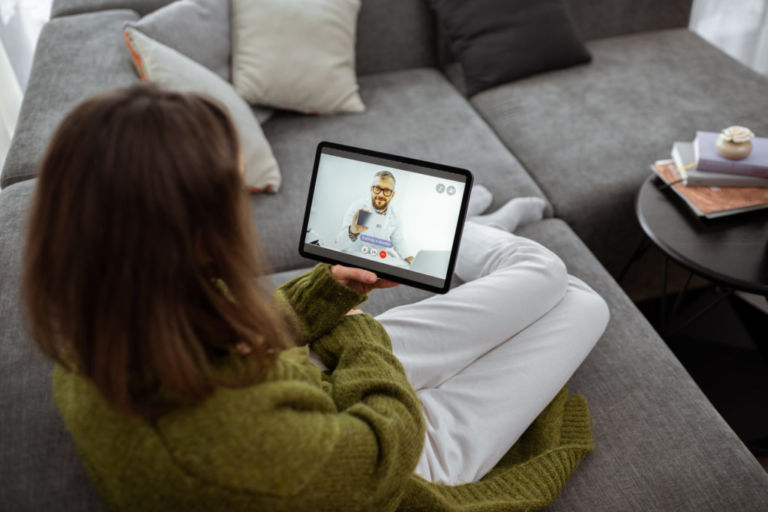On Friday, March 20, JLF’s Communications Associate, Brenée Goforth, published an opinion piece in The Washington Times about how expanding telemedicine could help prepare America for the next Coronavirus. Goforth explains that the expanded use of telemedicine could help people receive care faster by reducing wait times for emergency rooms and urgent care centers.
Goforth writes:
Through virtual communication, lots of folks are able to reach a medical professional to quickly ask questions about their symptoms. Companies like Telamed and Doctor on Demand offer video visits with doctors who can remotely diagnose and prescribe medications for common illnesses like pink eye and urinary tract infections (UTIs). These patients can receive care much faster than traditional care.
Emergency room visits, for instance, take an average of around two hours per visit. A critical portion of that wait is created by the 71 percent of emergency room cases that could be treated at an urgent care, a primary physician, or via telemedicine. My last telemedicine appointment, for reference, was less than 15 minutes and had almost no wait time. Using telemedicine can not only save you time, but the mass use of telemedicine also has the potential to lower wait times for people with true emergencies…
Goforth writes that, in addition to its ability to speed up care, telemedicine can help prevent the spread of communicable diseases:
Telemedicine has the ability to be a powerful tool in outbreak situations by reducing the likelihood of transmission. When patients don’t have to travel to the emergency room or an urgent care facility, that lowers the chance of them spreading their illness to others or contracting something themselves — particularly in the case of the elderly and those with weakened immune systems.
Although patients who suspect they have coronavirus would still have to get tested physically to know for sure, the AP notes that telemedicine “can help doctors make special arrangements to safely receive a patient who is sick and suspects the virus may be involved.” This even further reduces the likelihood of transmission to someone who is potentially more vulnerable to the effects of the coronavirus.
Read the full piece here. Learn more about how telemedicine can help North Carolina can improve its COVID-19 response here.


